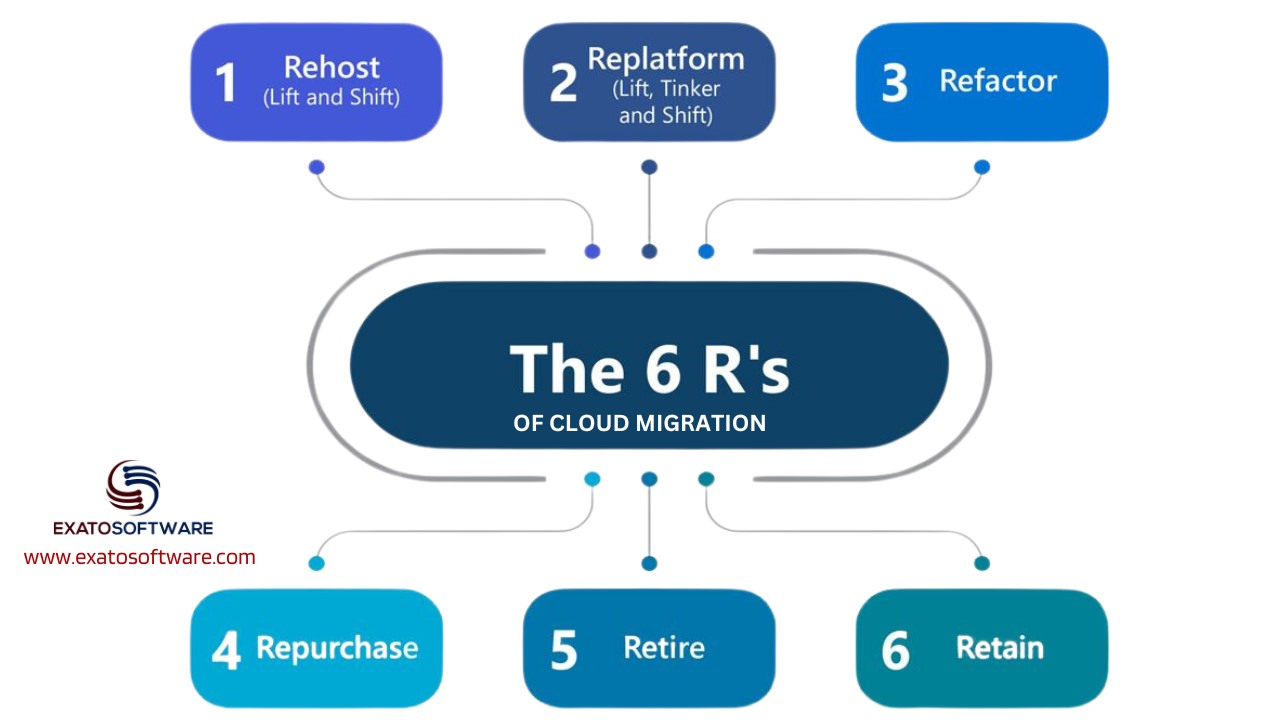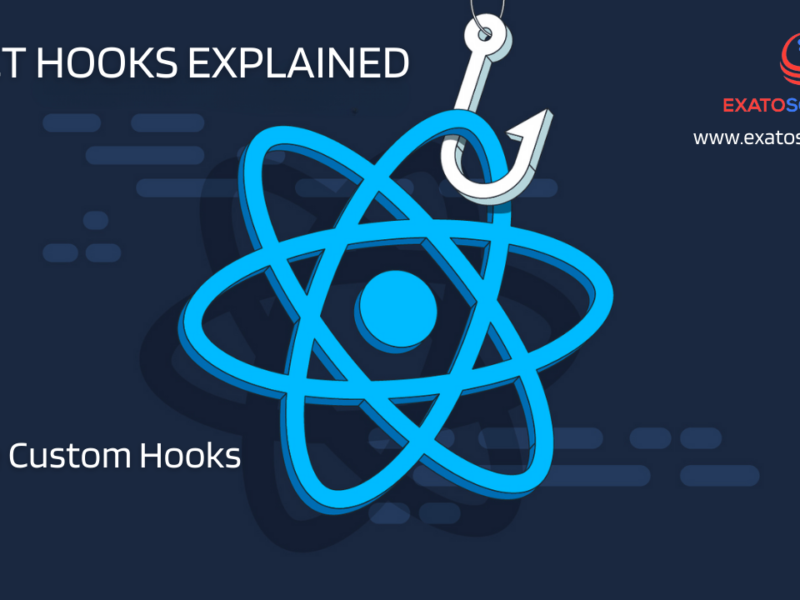Cloud migration may appear lucrative for a few but scary to some others. The reason is pretty evident. The mix of stories that one hears mostly of failure and very few of success, when it comes to cloud migration. Ever since we started our Cloud Migration Consulting services in the UK we have been passionately explaining the benefits and ways to mitigate the risks.
Cloud migration, while offering numerous benefits, can also present challenges and pitfalls. In our experience so far with Cloud migration consulting services in the UK, the most common pitfalls that lead to failure are quite a few but luckily, all are avoidable.
1. Underestimating Costs – Cloud migration costs can be complex and may include expenses such as data transfer fees, storage costs, and ongoing operational expenses. Organizations may underestimate these costs, leading to budget overruns.
2. Lack of Proper Planning – Inadequate planning can lead to issues such as incomplete data migration, incompatible applications, and security vulnerabilities. A comprehensive migration plan that considers factors like workload prioritization, data dependencies, and resource requirements is essential.
3. Insufficient Security Measures – Inadequate security measures can expose sensitive data to breaches and cyberattacks. Organizations must implement robust security protocols, including encryption, access controls, and monitoring, to protect their assets in the cloud.
4. Data Loss or Corruption – Data loss or corruption can occur during the migration process, especially if proper backup and recovery procedures are not in place. Organizations should implement data backup strategies and conduct thorough testing to ensure data integrity throughout the migration.
5. Performance Issues – Inconsistent or degraded performance can occur if applications are not properly optimized for the cloud environment. Organizations should conduct performance testing and optimization to ensure that applications meet performance requirements after migration.
6. Vendor Lock-In – Depending too heavily on a single cloud provider can lead to vendor lock-in, making it difficult or costly to switch providers in the future. Organizations should adopt a multi-cloud or hybrid cloud strategy to mitigate this risk and maintain flexibility.
7. Lack of Staff Skills and Training – Cloud migration requires specialized skills and knowledge that may not be readily available within an organization. Insufficient training and expertise among staff members can hinder the migration process and increase the likelihood of errors.
8. Failure to Address Compliance Requirements – Regulatory compliance requirements vary across industries and regions and must be carefully considered during cloud migration. Failure to address compliance requirements can result in legal and financial consequences for organizations.
9. Ignoring Cultural and Organizational Challenges – Cloud migration often requires cultural and organizational changes, including shifts in processes, roles, and responsibilities. Ignoring these challenges can lead to resistance from employees and hinder the success of the migration initiative.
10. Inadequate Monitoring and Management – Effective monitoring and management are essential for maintaining the performance, security, and cost efficiency of cloud infrastructure. Organizations should implement robust monitoring tools and practices to identify and address issues proactively.
Cloud migration consulting services, by recognizing and addressing these common pitfalls, minimize risks and maximize the chances of success of cloud migration.
Cloud migration consulting services mainly focus on 6 Rs of cloud migration. These Rs are a set of strategies from which a consultant or organization can pick the most suitable one. Our cloud migration consulting services in UK are also based on the most suitable approach for a specific organization to take its legacy application to the cloud.
1. Rehost (Lift and Shift) – This involves lifting your existing application or workload from its current environment and shifting it to the cloud without making any significant changes to its architecture. This approach is typically faster and less expensive but may not fully leverage cloud-native features.
2. Replatform (Lift, Tinker, and Shift) – In this approach, you make some minimal modifications to your application or workload to take advantage of certain cloud services or optimize its performance in the cloud environment. This could involve minor adjustments to the code or configuration.
3. Refactor (Re-architect) – Refactoring involves making significant changes to the architecture of your application to fully leverage cloud-native features, such as microservices, serverless computing, or containerization. This approach can provide greater scalability, flexibility, and cost efficiency but requires more time and effort.
4. Repurchase (Drop and Shop) – Instead of migrating your existing application, you can choose to repurchase a cloud-native alternative or software as a service (SaaS) solution that meets your needs. This approach can simplify management and reduce maintenance but may require adapting to new workflows or features.
5. Retire – This involves retiring or decommissioning applications or workloads that are no longer needed or relevant. By eliminating unnecessary assets, you can reduce costs and streamline your cloud environment.
6. Retain – Some applications or workloads may not be suitable for migration to the cloud due to regulatory requirements, technical constraints, or other reasons. In such cases, you may choose to retain them in their current environment while still migrating other parts of your infrastructure to the cloud.
Cloud migration consulting services in UK are in high demand. The reason is that many organizations calculated the benefits overtly without a proper assessment. Cloud migration consulting services are not limited to the execution part of the process. These services cover the assessment part as well and chalk out the best strategy and most probable outcomes and the cost.
These Rs provide a structured approach for organizations to evaluate their migration strategies and choose the most appropriate path for each application or workload. A deep dive into organizational structure, objectives, and application helps in choosing the most appropriate strategy that maximizes chances of success.



